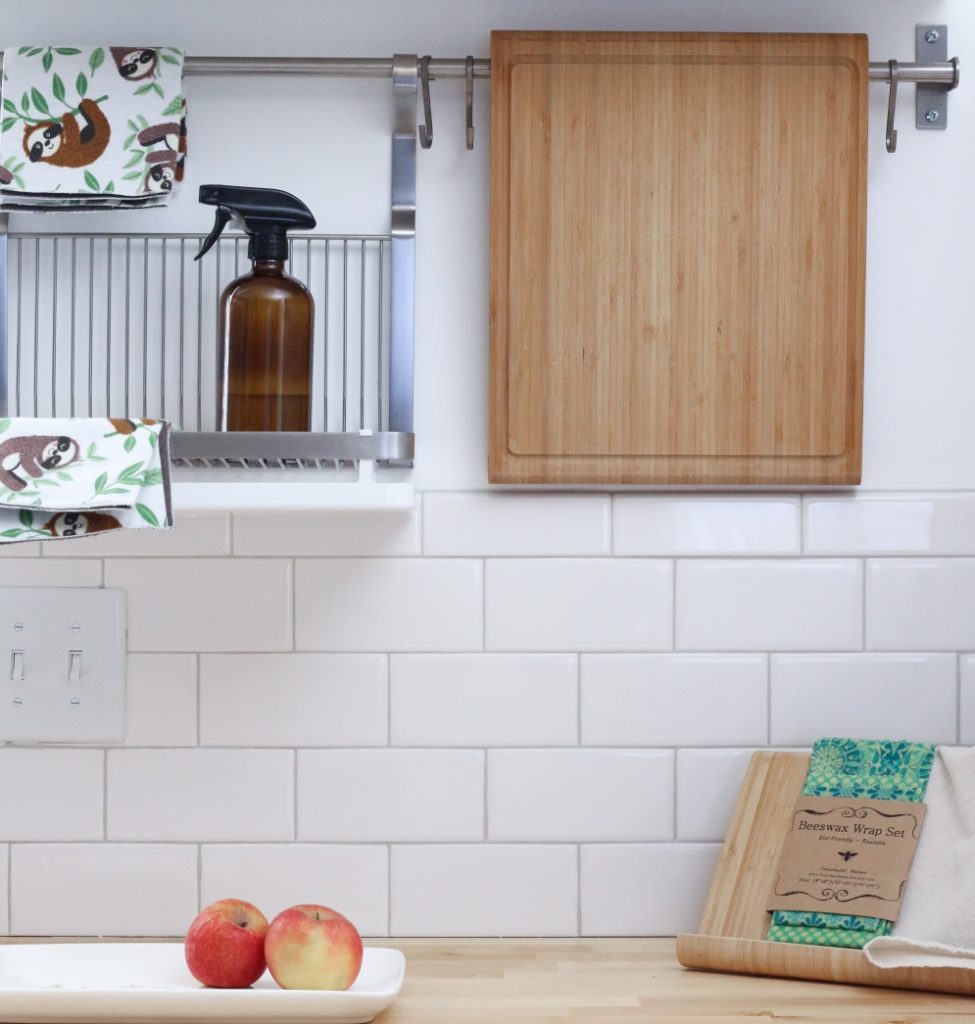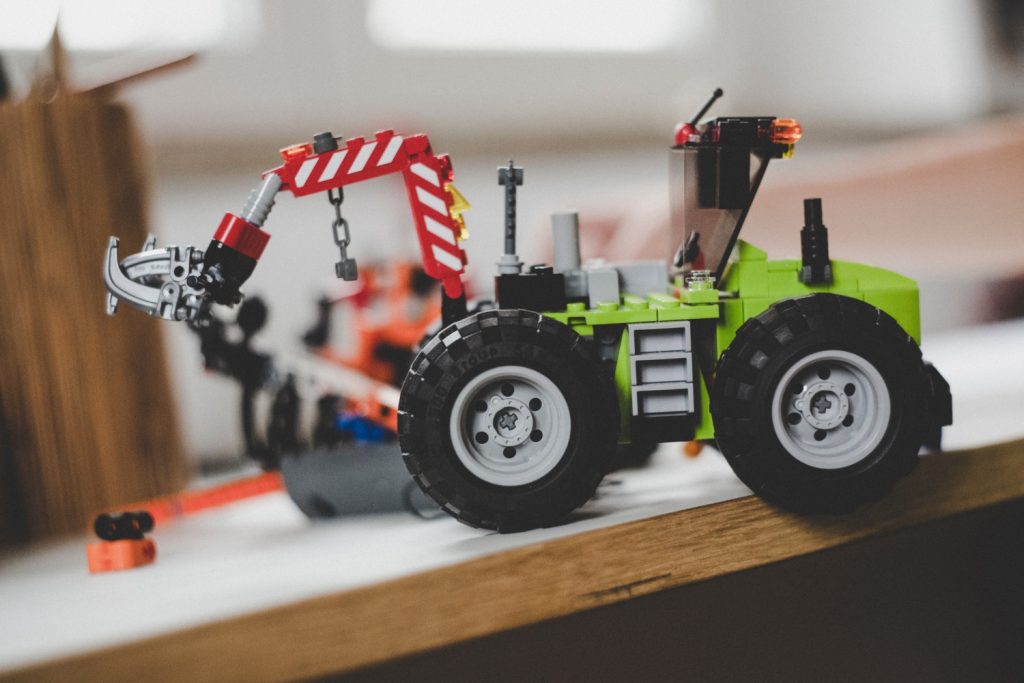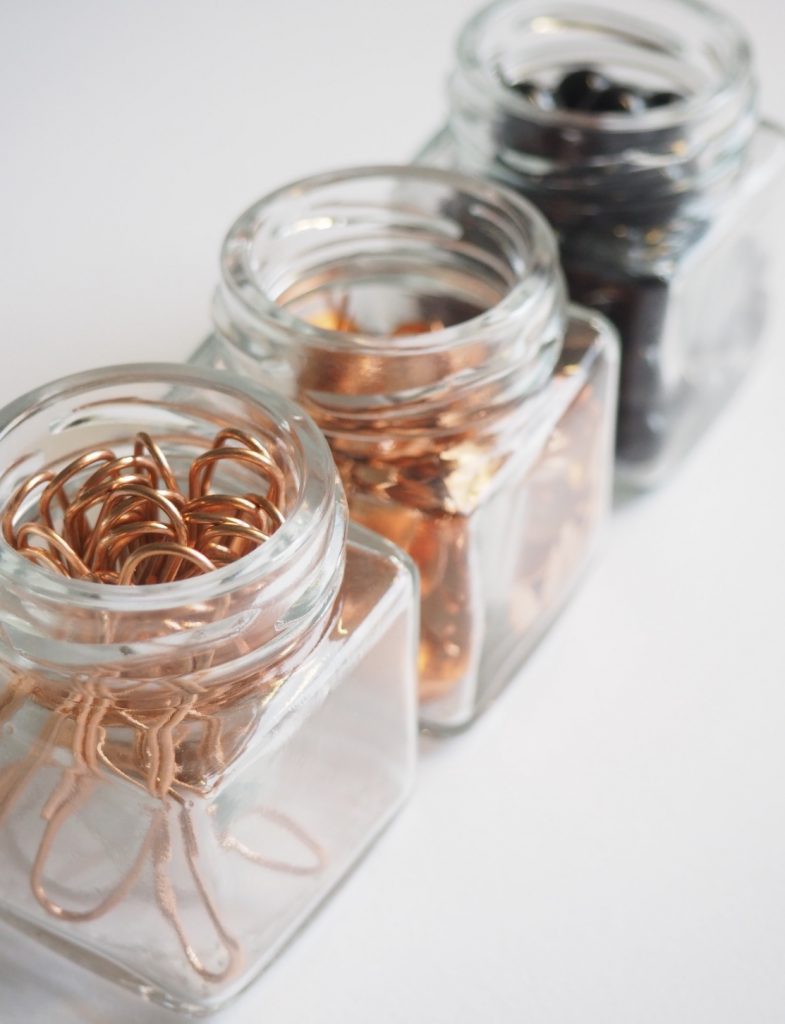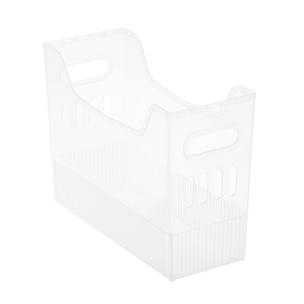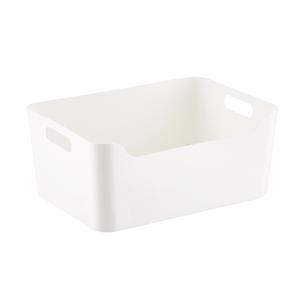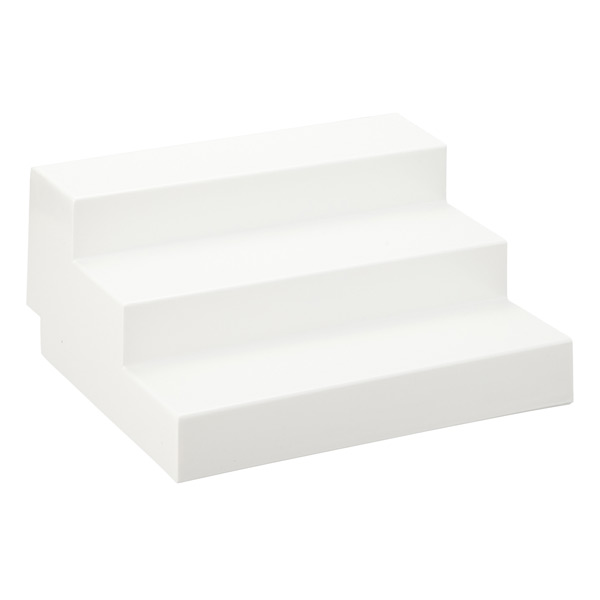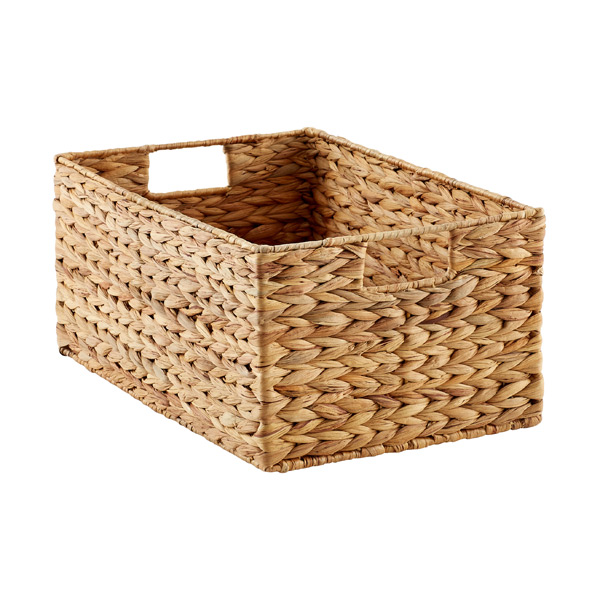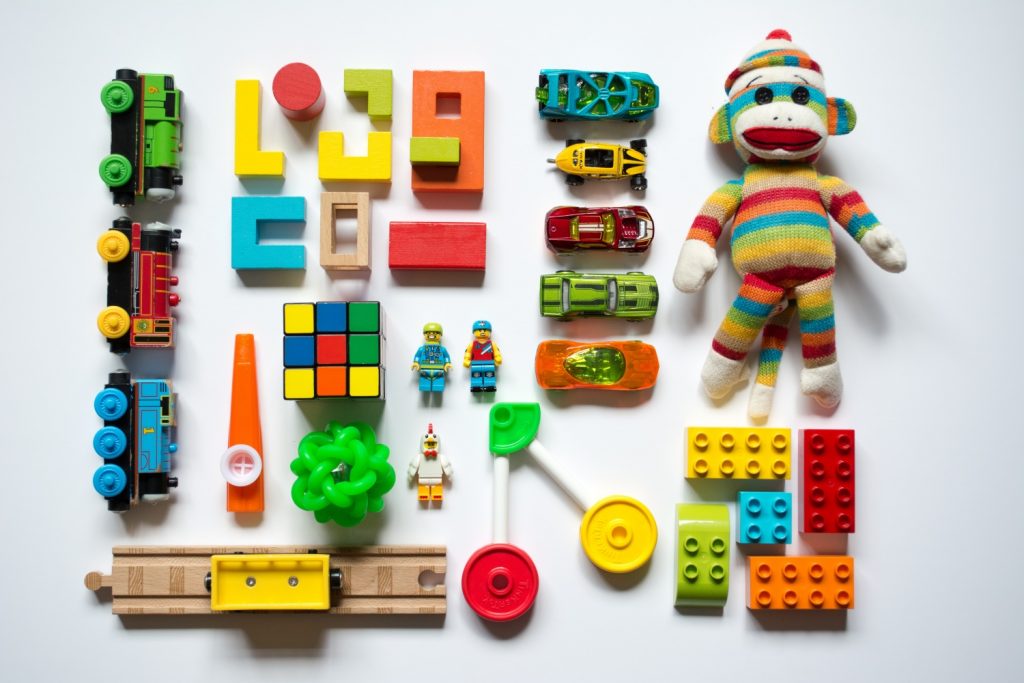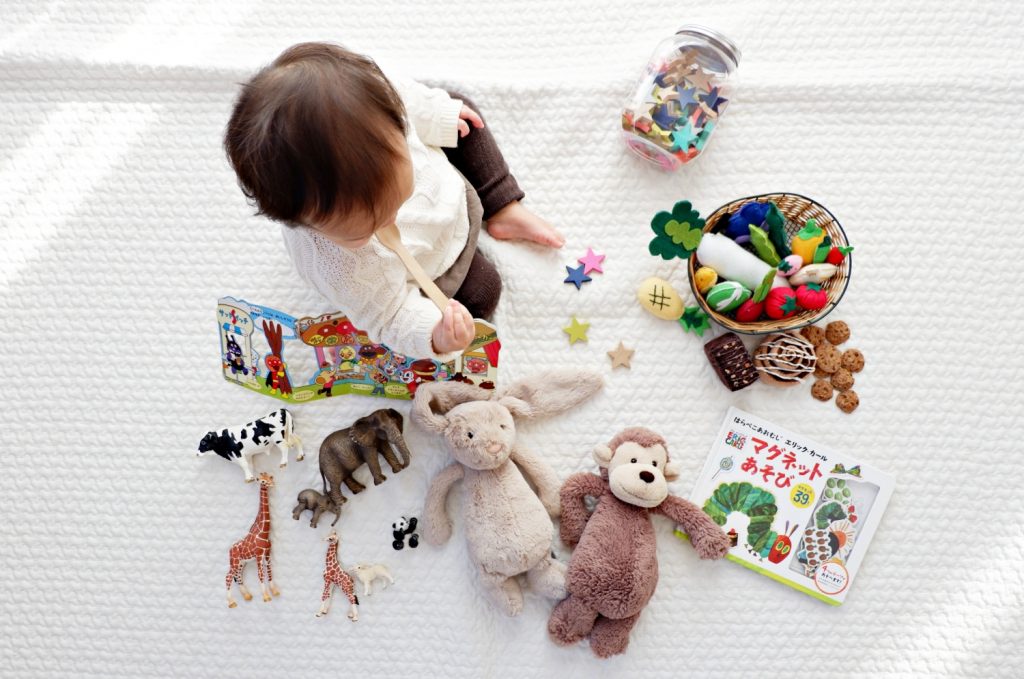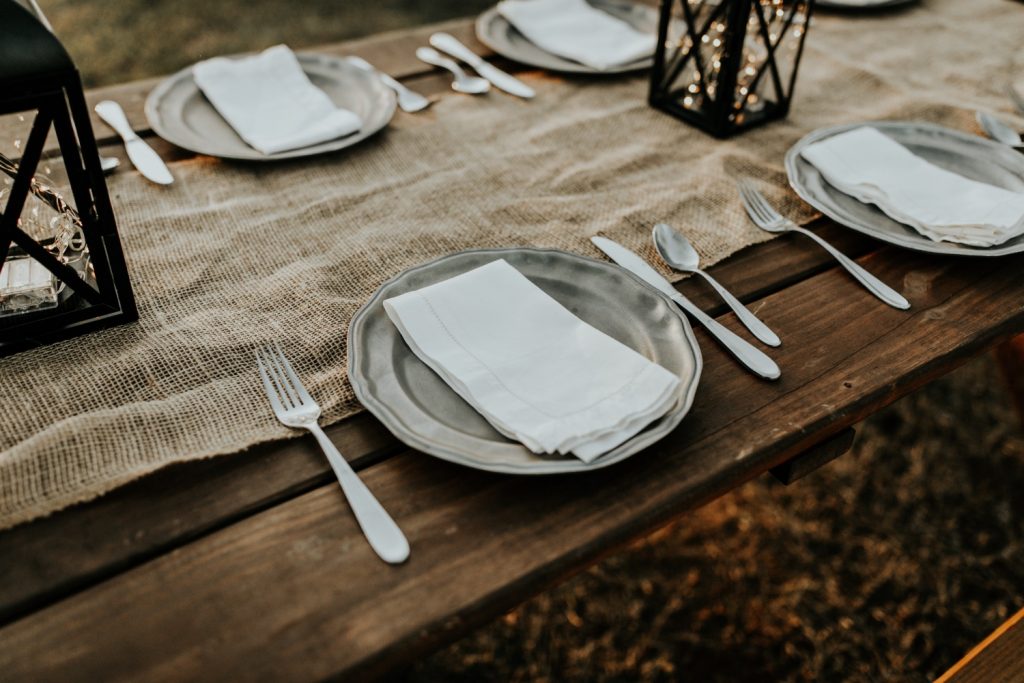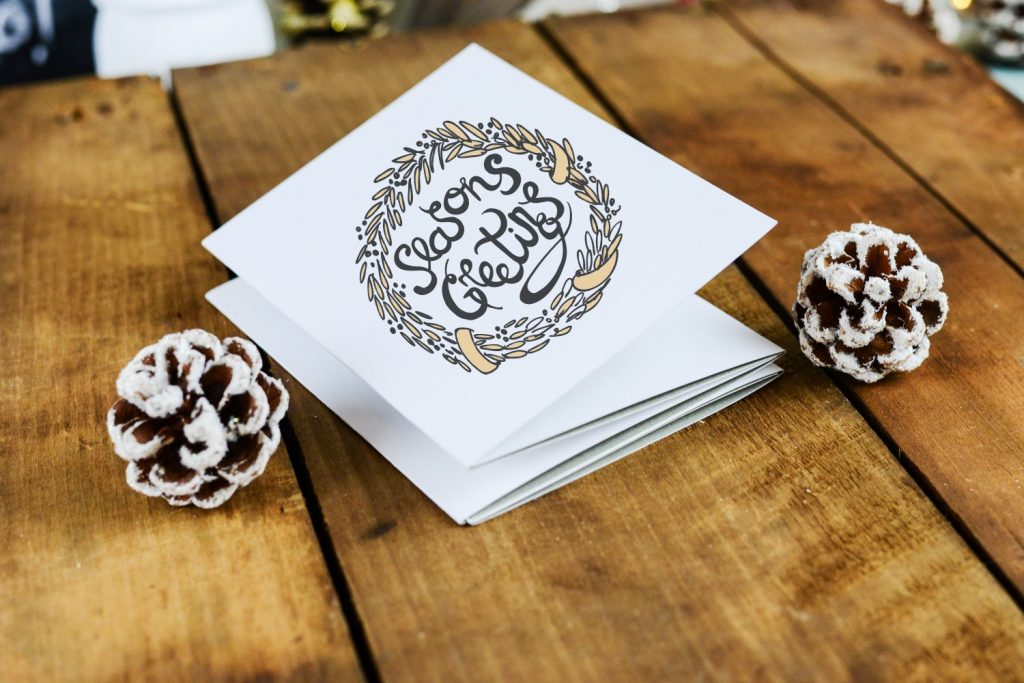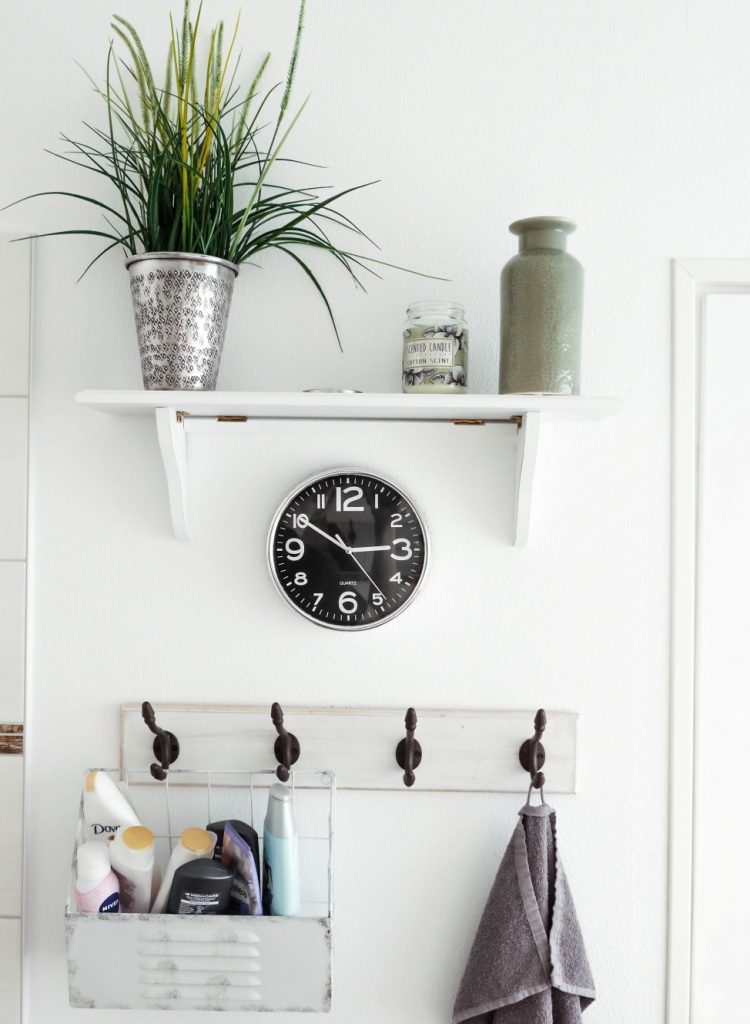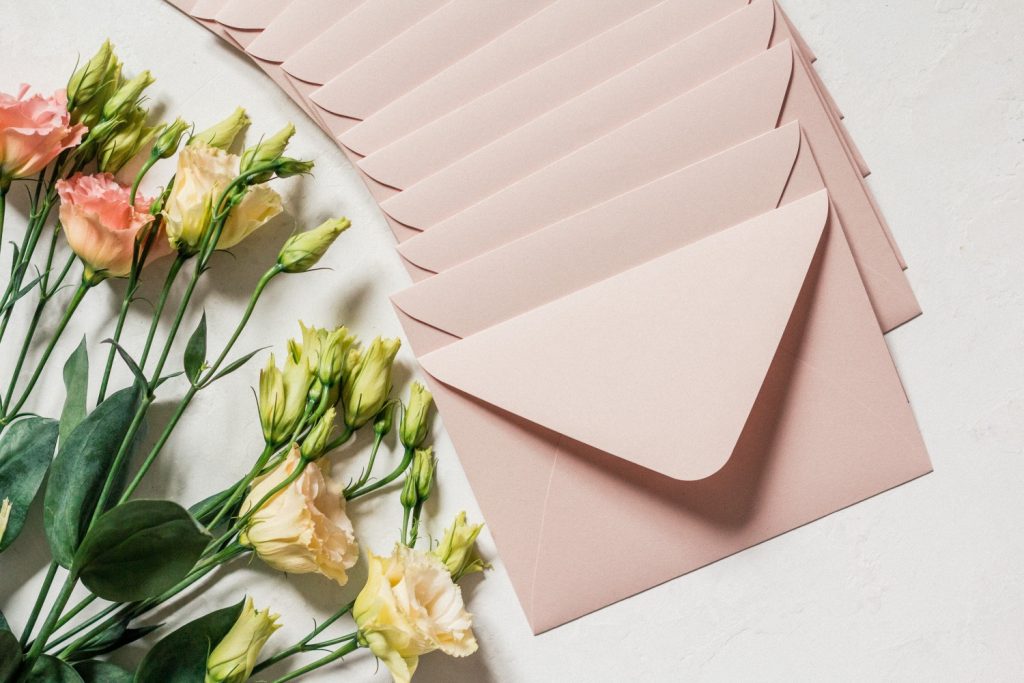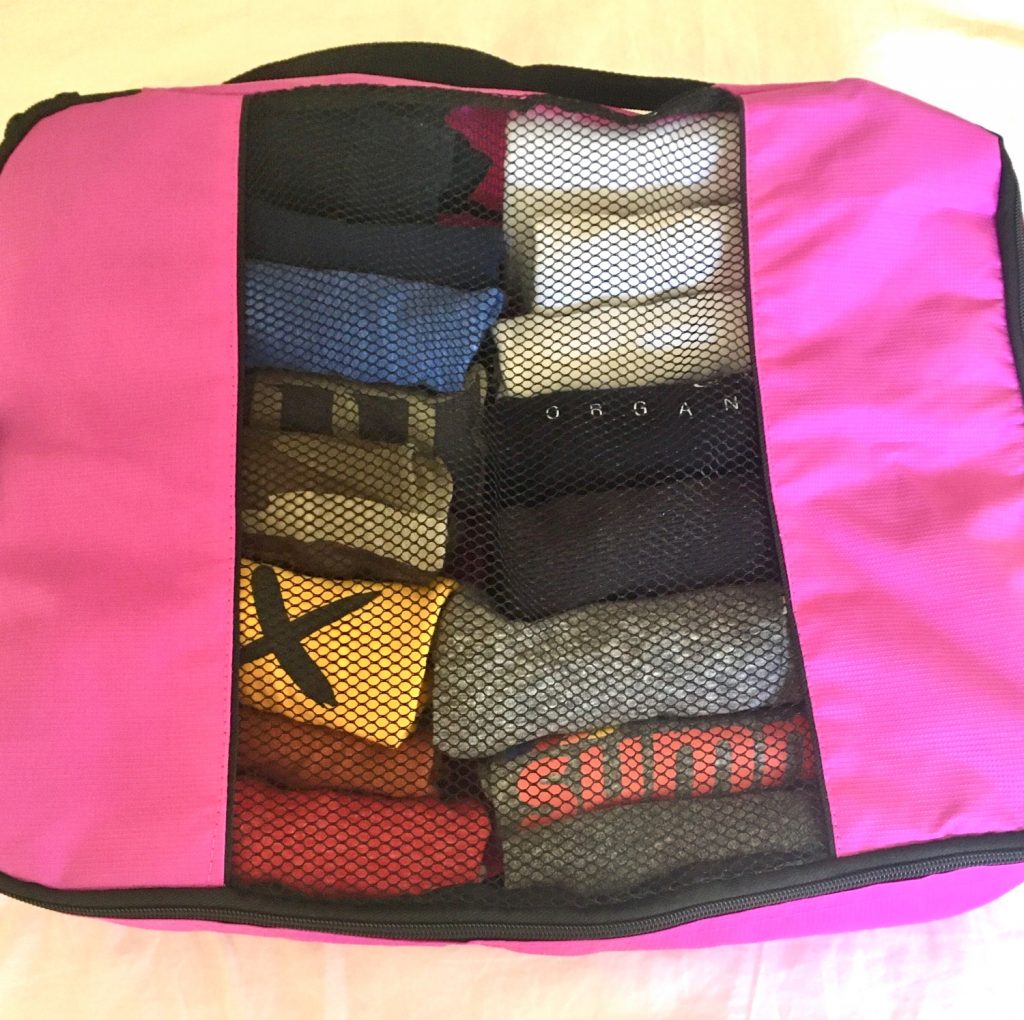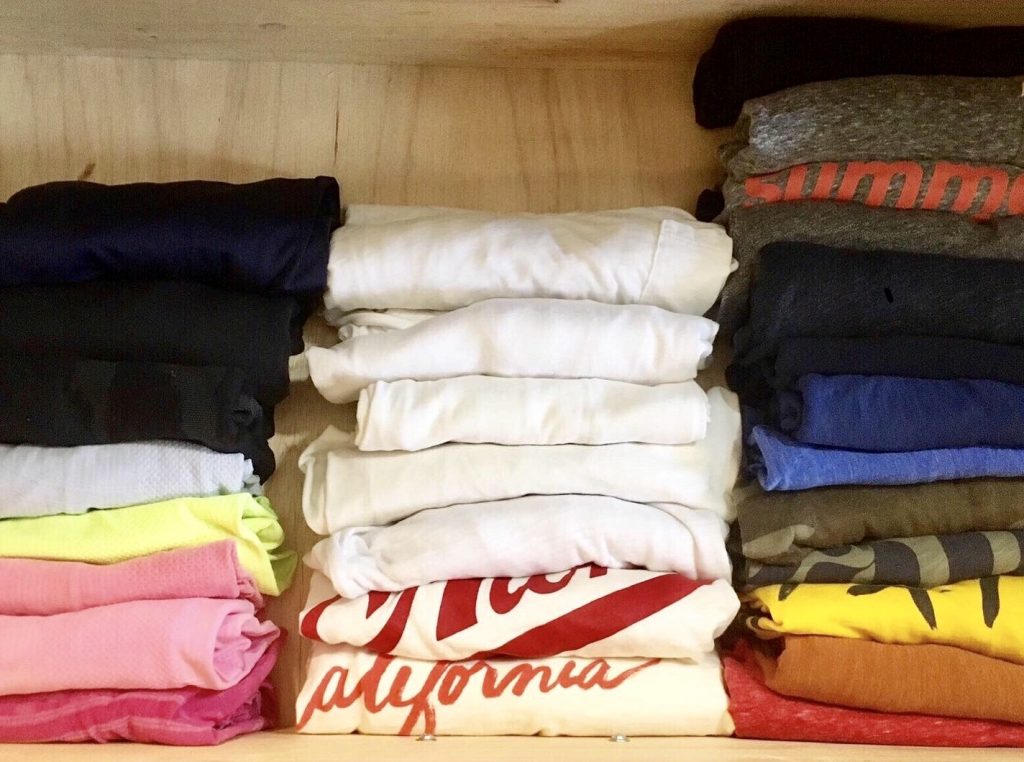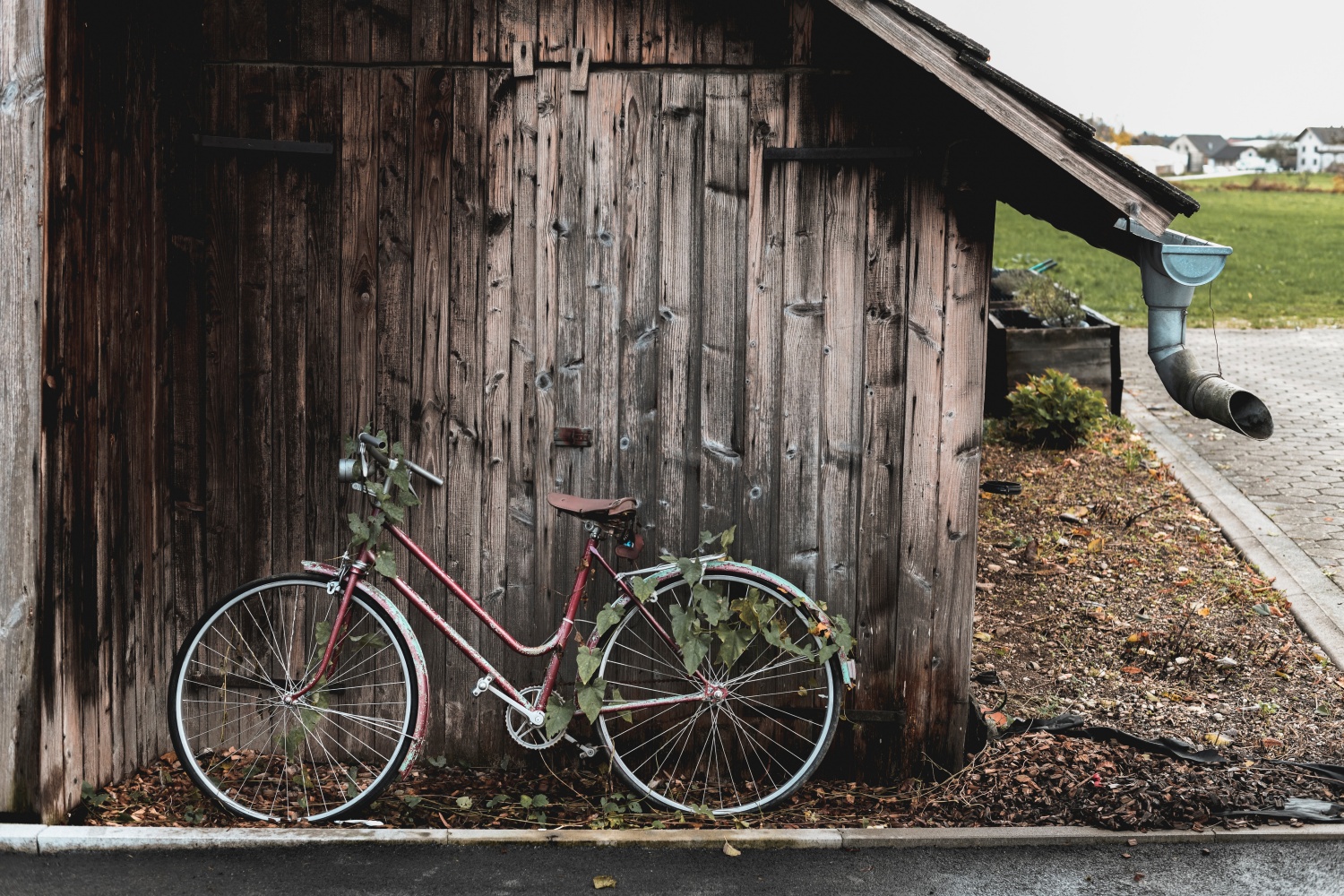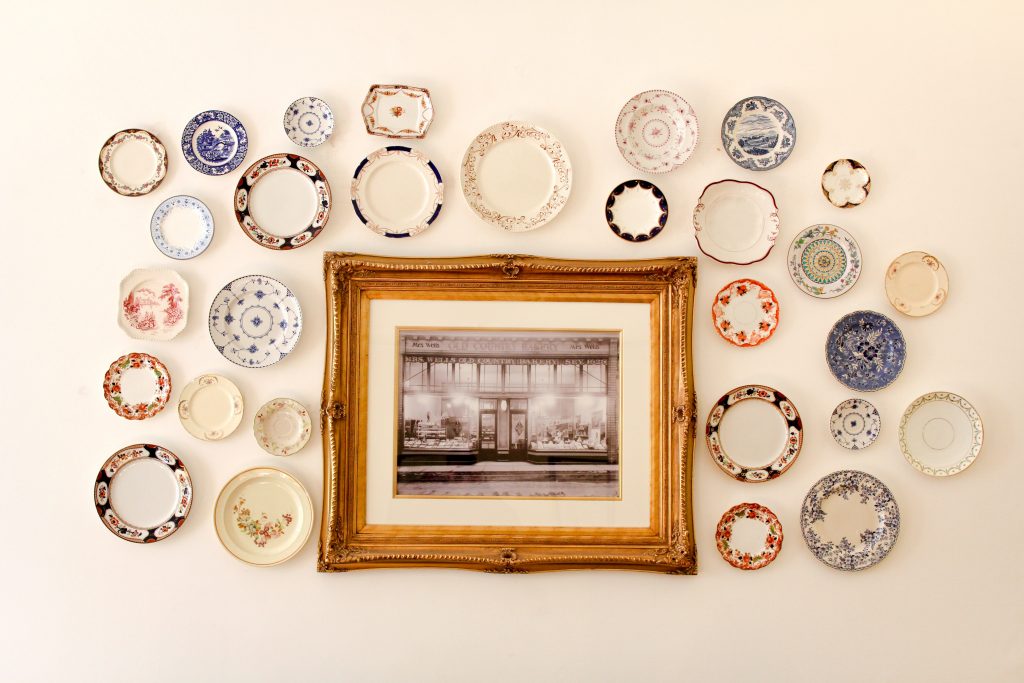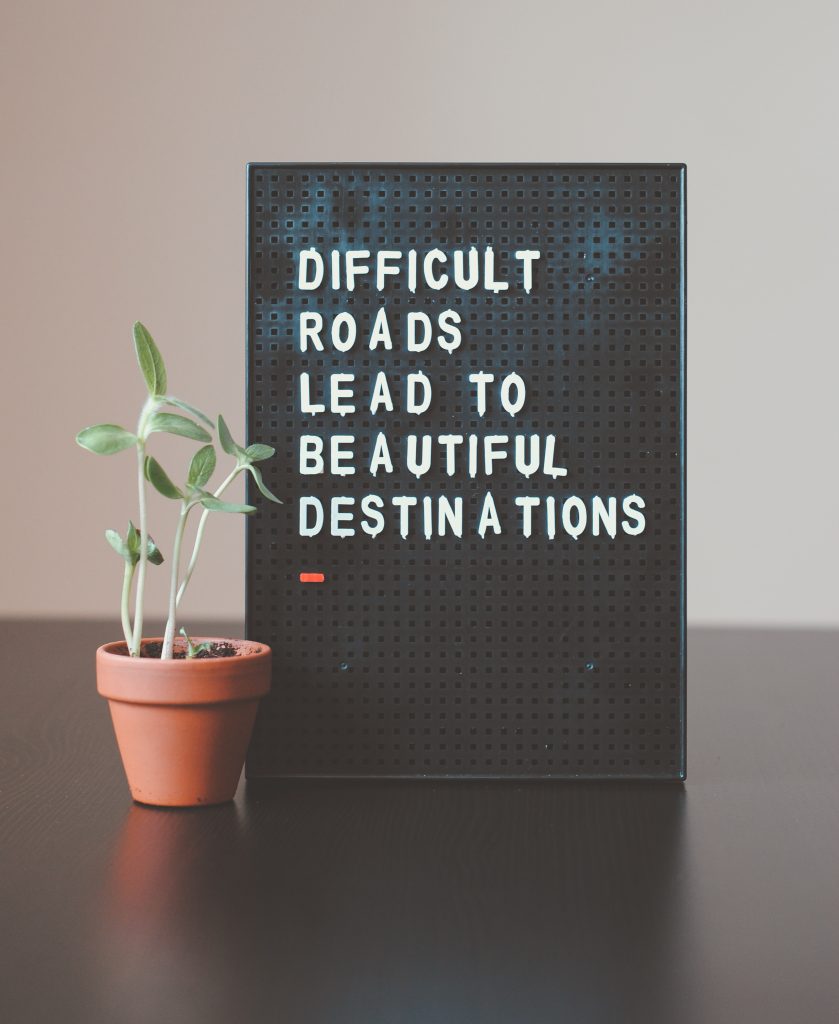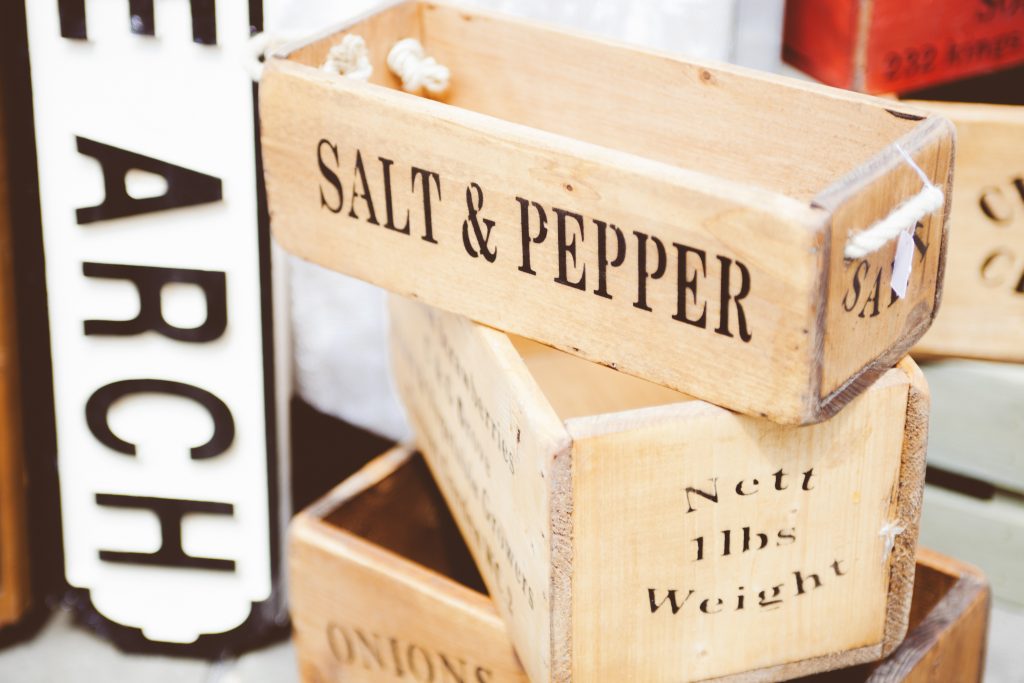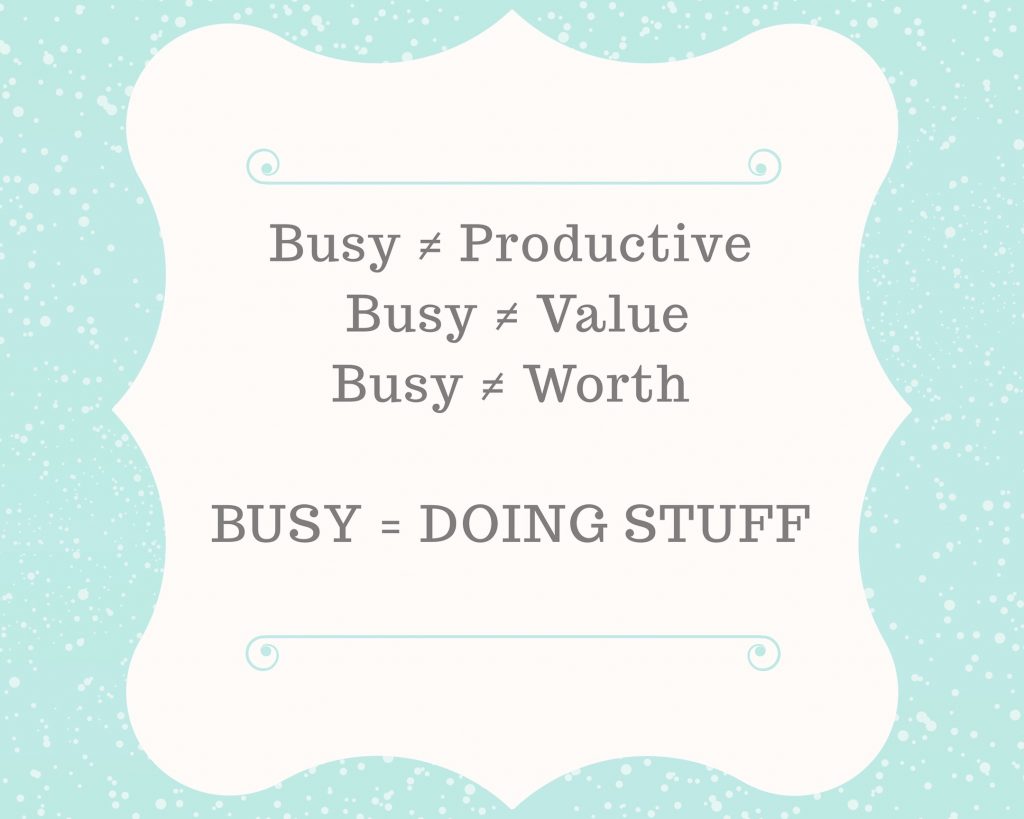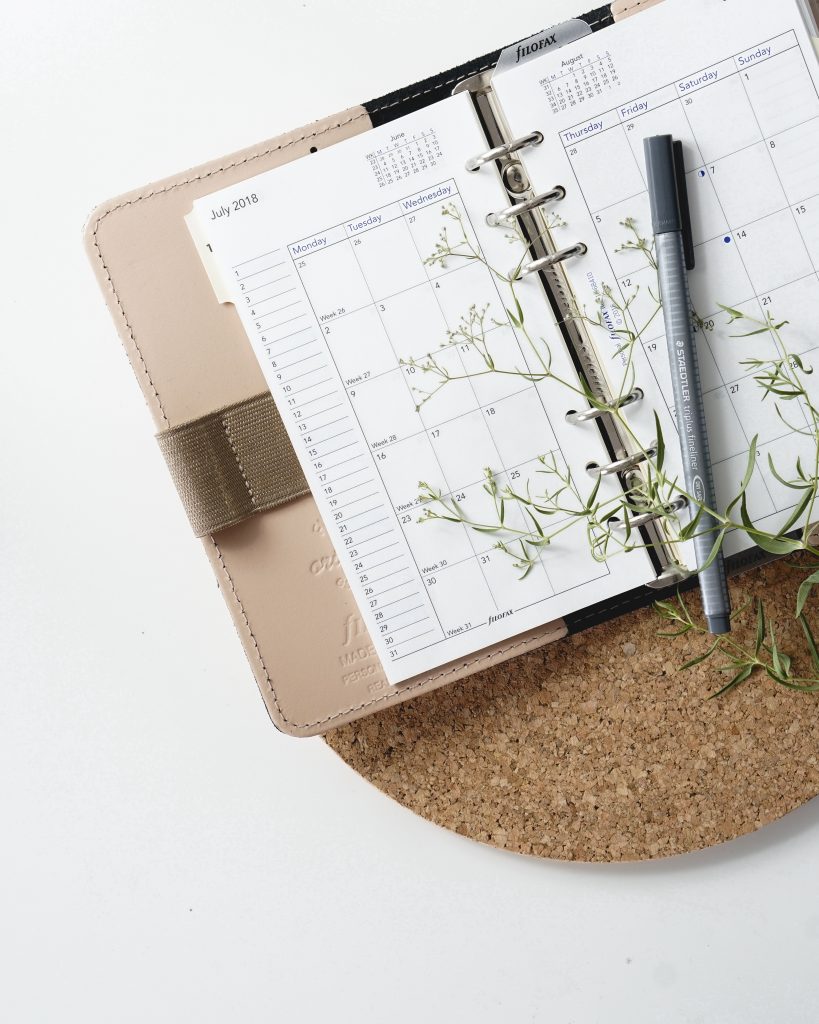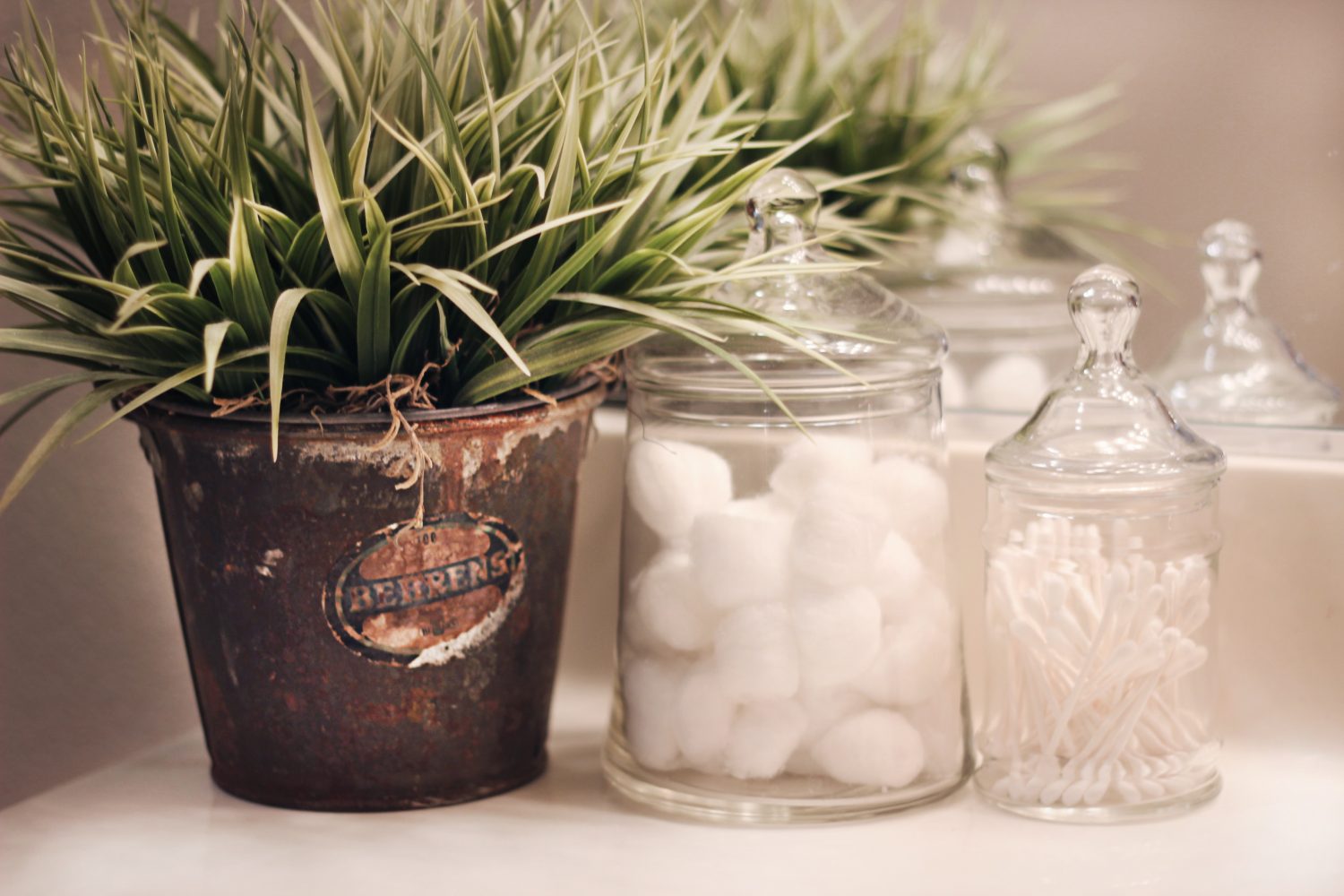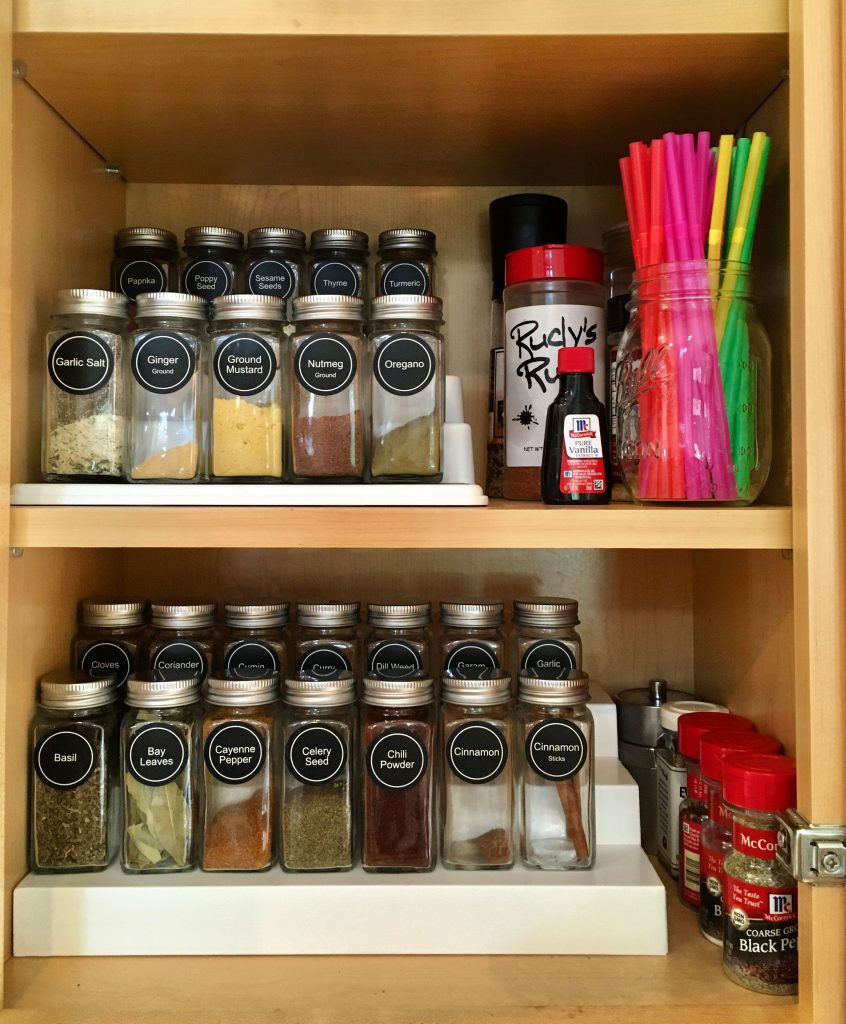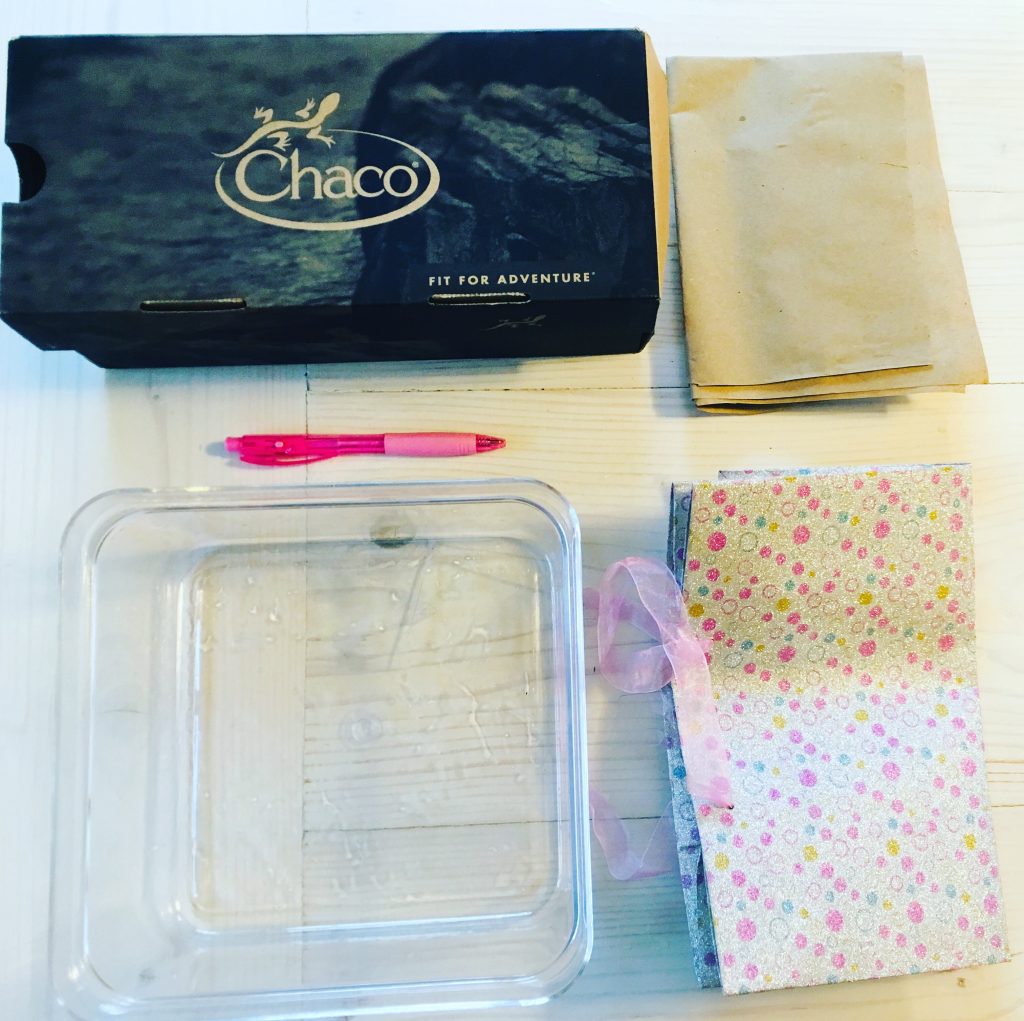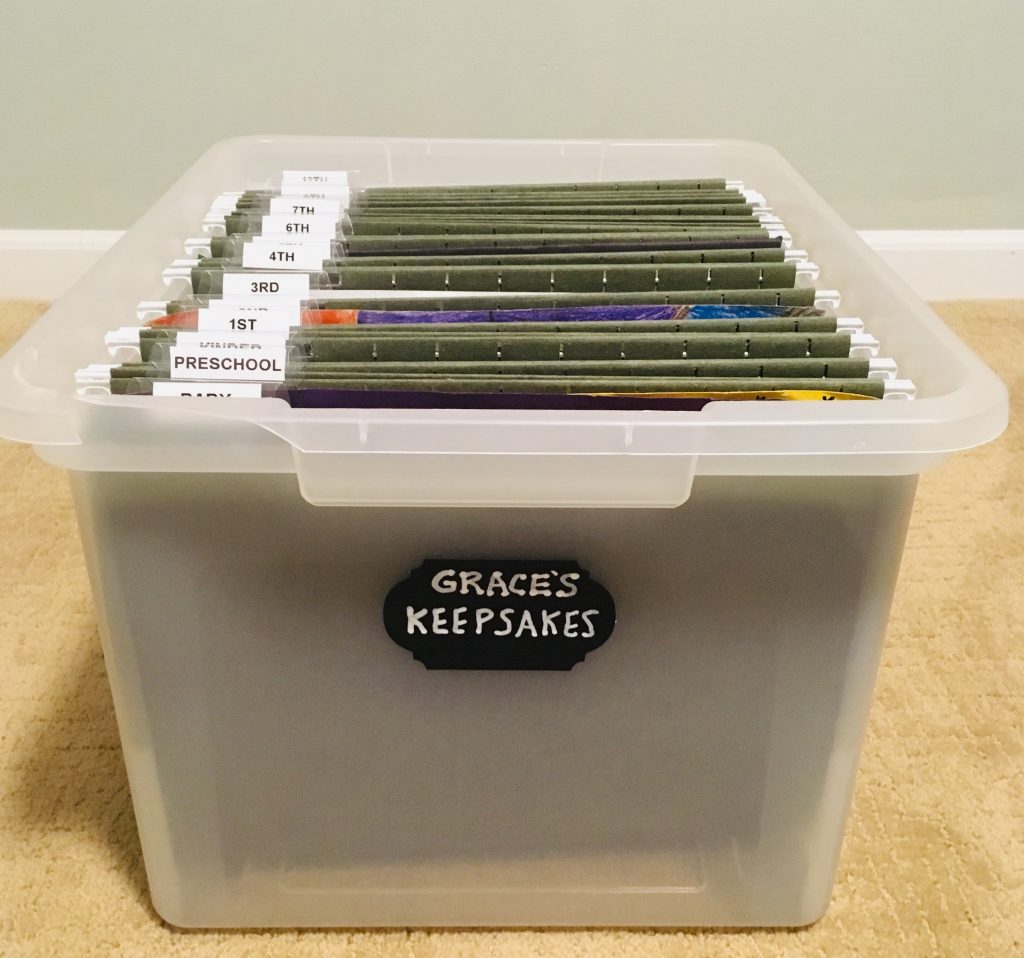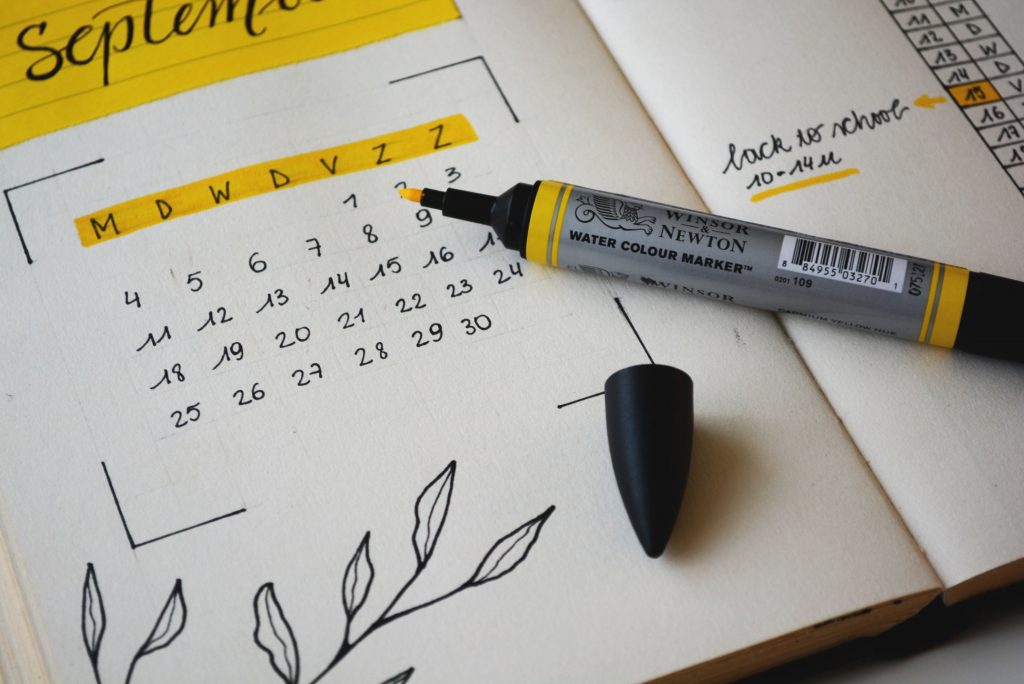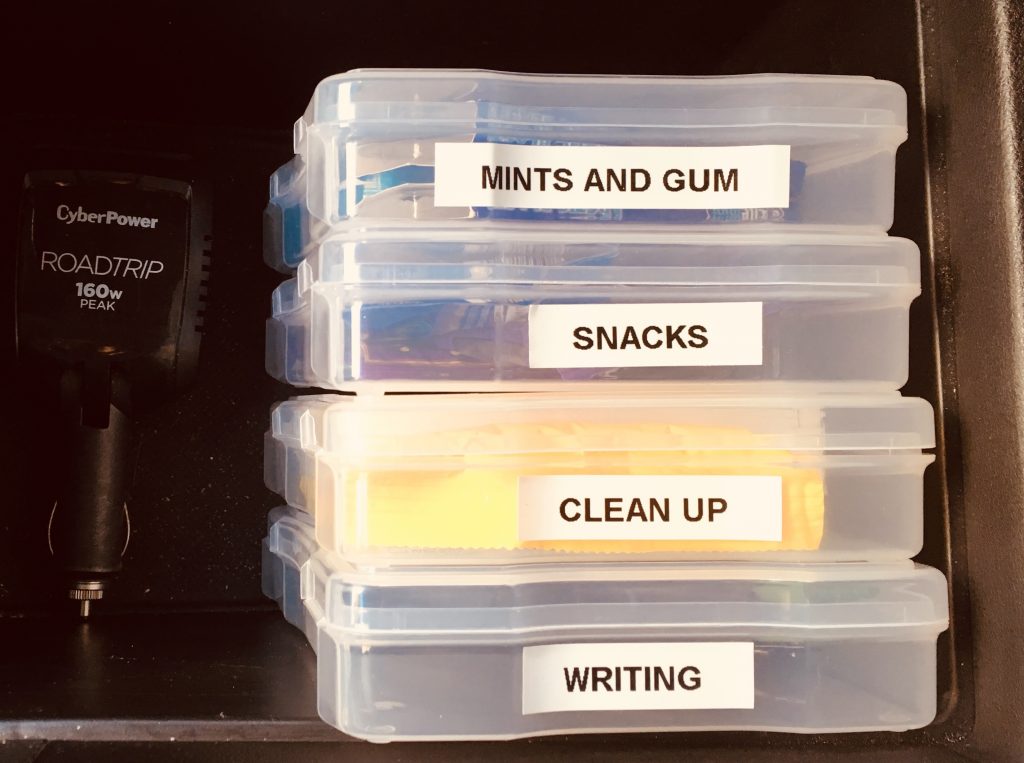Do you know anyone who has a New Year’s Resolution to spend more money in 2020? I don’t either. Though we’re certainly not looking to be miserly, it does feel great to know that our money is being spent deliberately, and in line with what we value. Read on for 9 ways to spend LESS in 2020.
1. Increase Spend Awareness
It’s certainly easier to keep the blinders on, but trust me on this. If you have the sense of not knowing where your money goes, and you feel like it somehow just evaporates, this step will be helpful.
Take time to understand your current spend. No judgment here. Just identify the spend. You can adjust it later. Go through the last few months of credit card statements or other sources of spend, logging each transaction and its category (eating out, etc) for the month.
You might be surprised by what you discover. No worries! This spend is your baseline, upon which you can make changes to be more in line with your goals and how you WANT to be spending your hard earned money.



2. Set a Budget
Snooze fest, right? But, it works! And it doesn’t need to be complicated. Or rigid. On the contrary, I’ve found great freedom in this because YOU get to decide where you want your money to go. I’ve found it particularly helpful for groceries. It’s so easy to buy whatever catches your eye. But, when you know you have a finite amount to work with, you plan and shop more deliberately. I’ve also found that spending less in this category doesn’t impact quality of life whatsoever.
There are lots of budgeting methods. This isn’t intended to be a tutorial, but the main principle boils down to…take what’s coming in, allocate it to various categories (groceries, savings, etc), with the goal of accounting for everything so your “balance” is 0. See? You’re telling your money where to go instead of having it mysteriously disappear on who know what.
And you decide the categories! If you enjoy spontaneity and freedom, consider a category titled “fun” that you can use for something last minute – a fun experience such as a concert, movie or night away.
3. Treat Yourself
Budgeting and awareness of spend isn’t about deprivation or lack. When you move your mindset from feeling bad about all the things you “can’t” have to strategizing how to allocate your budget to achieve your goals, this brings a sense of empowerment and freedom. And treating yourself now and again helps with motivation. Even something small does the trick.
4. Unfollow Social Media Accounts



Many social media accounts are great. They’re motivating, informative, and entertaining. On the other hand, some serve as temptation to spend our money on things we don’t really need or even want. Others make us feel that we don’t have enough or aren’t enough.
I’m sure these are great people with noble intentions. But, if they’re not healthy or helpful for you, it’s ok to unfollow them. Take 10 minutes, scan through everyone you follow, and unfollow anyone who does not add value to your life. You won’t regret it. And, it’s not irreversible. You can always add them back down the road.
5. Remove Triggers
Identify your spending triggers. Is it staying up late scrolling your phone and clicking on amazon? Is it going to the mall? You don’t have to avoid these activities altogether. Just be strategic. Wait until you have something specific you’re looking for, set a budget, and choose a shopping day when you have a small amount of time with a hard stop. Then, hit the mall. You’ll still experience the satisfaction of an activity you enjoy, but with some built in safeguards against the overspending that you may be prone to.
I have found that we naturally spend less when we want less. If going to the mall and seeing all the things makes you feel that you need them all, reduce the temptation by moderating time spent in that activity.
6. Avoid Sales



Is that a typo? Did I mean to write shop the sales? Nope. In some cases, if you know what you are after – especially a higher ticket item, of course finding the item for the best price makes good sense. But, generally, sales trick us into thinking we’re saving when we are, in fact, spending. So, beware of this trap!
7. Change How and Where You Shop
We pay for convenience. I’ve used and loved grocery delivery services, but they’re typically more expensive. If the convenience is worth it to you, then by all means. But, since this is a post about saving money, I’d be remiss to not bring this up, as you can save a significant amount of money on a weekly basis shopping on your own and in a lower priced store.
I’m all about quality over quantity, so this isn’t about shopping at the cheapest store possible. However, changing where you purchase commodity items, in particular, is a good way to save money without sacrificing anything.
8. Try the Cash Envelope System



I’ve grown to really like this system. They’re something about handing over cash versus swiping a credit card that makes us think twice. I have 4 envelope categories, but everyone’s will be different. Mine are: 1. Groceries, 2. Restaurants 3. Piano Lessons, 4. Babysitters.
How it works: On a weekly basis (or monthly – whatever you choose), withdraw however much cash you need, per your budget, to be divvied up into each envelope category you’ve chosen. That’s the amount you have to spend on that category over the chosen timeframe. When it’s gone, it’s gone. You’ll replenish the next week, so plan accordingly.
There will be some trial and error here. For awhile, I had a clothes envelope, but found that I primarily shop online for clothes, so didn’t find that envelope category very helpful.
9. Revisit Outsourcing
In other blog posts I’ve recommended outsourcing as a legit strategy for carving out more time in your day. And, I stand behind that. Yet, it’s something worth revisiting now and again.
My husband had always been the lawn mower in the family. In the past, when he had a long commute to work, we made the decision to outsource to a service. It was right for us at the time – a deliberate choice that allowed him to spend time doing other things. Now, his commute is less than 5 minutes, so we brought lawn mowing back in house. So, the point here is to periodically check in to see if, given where you are and what your goals are, there are any adjustments that could be made to reduce overall spend.
These are just some of the ways to reduce spending. There are countless others. Regardless of your approach, it’s helpful to identify and remember your “why”. Let it serve as motivation and encouragement if you ever feel discouraged. You got this!














